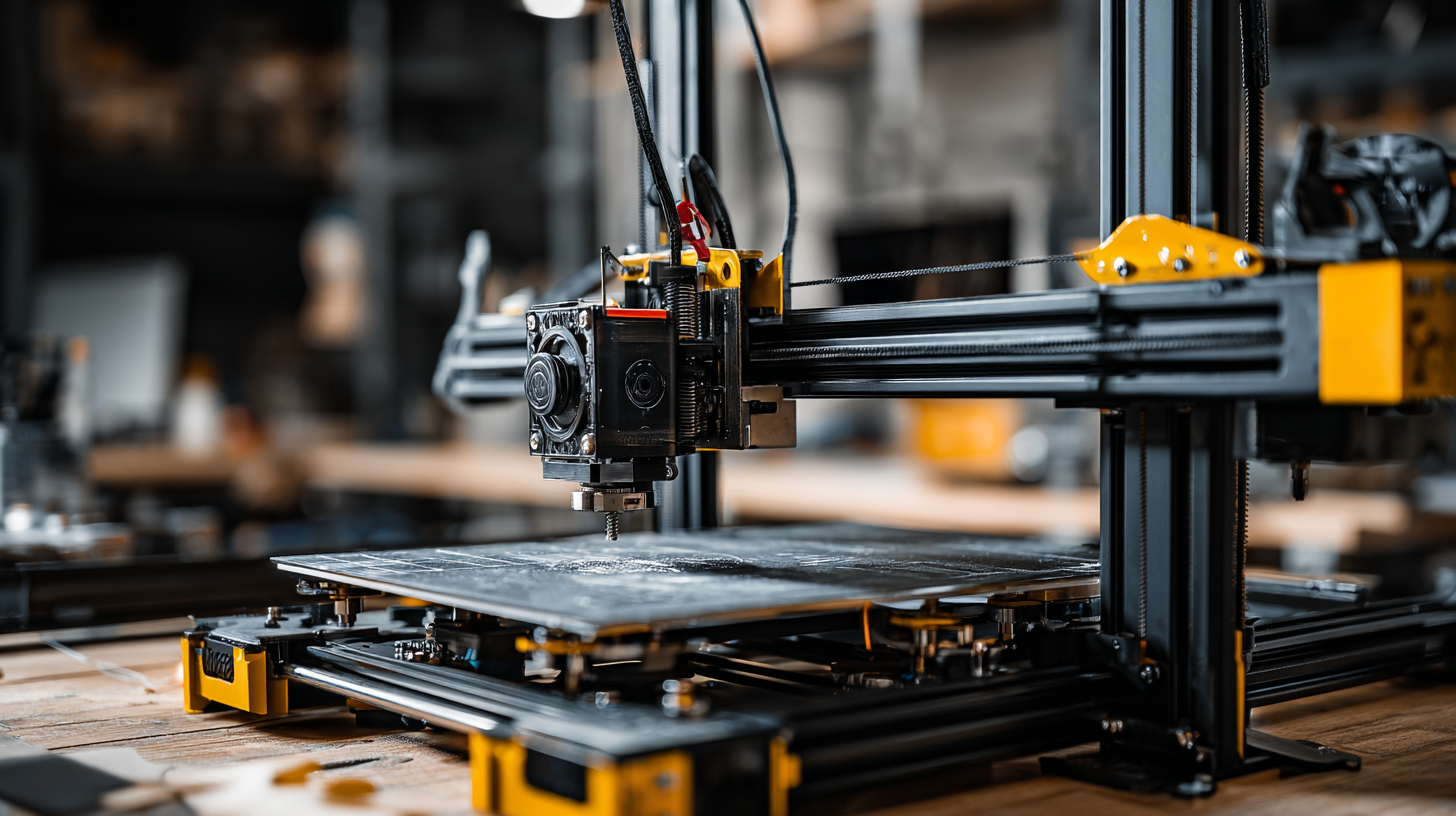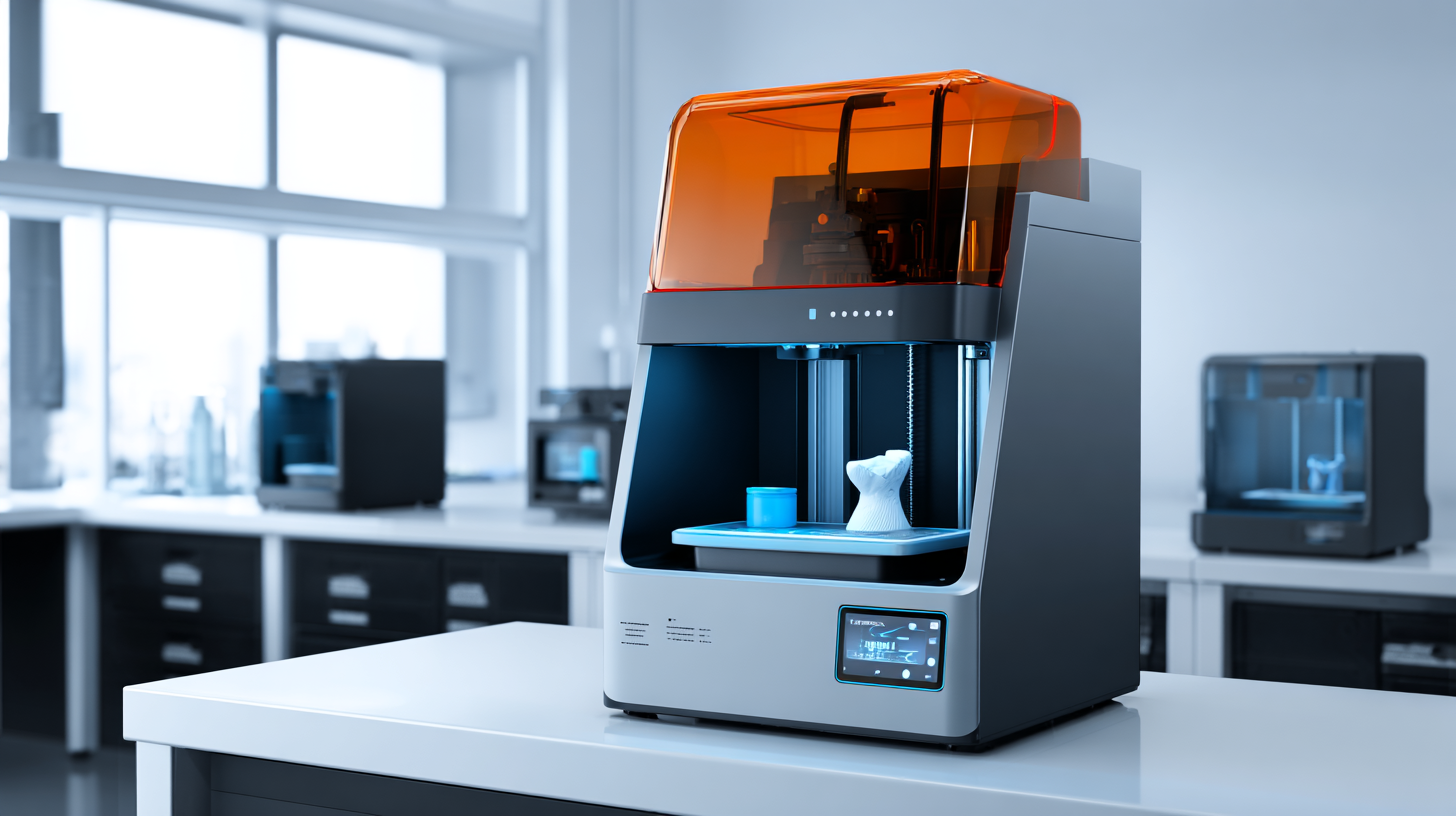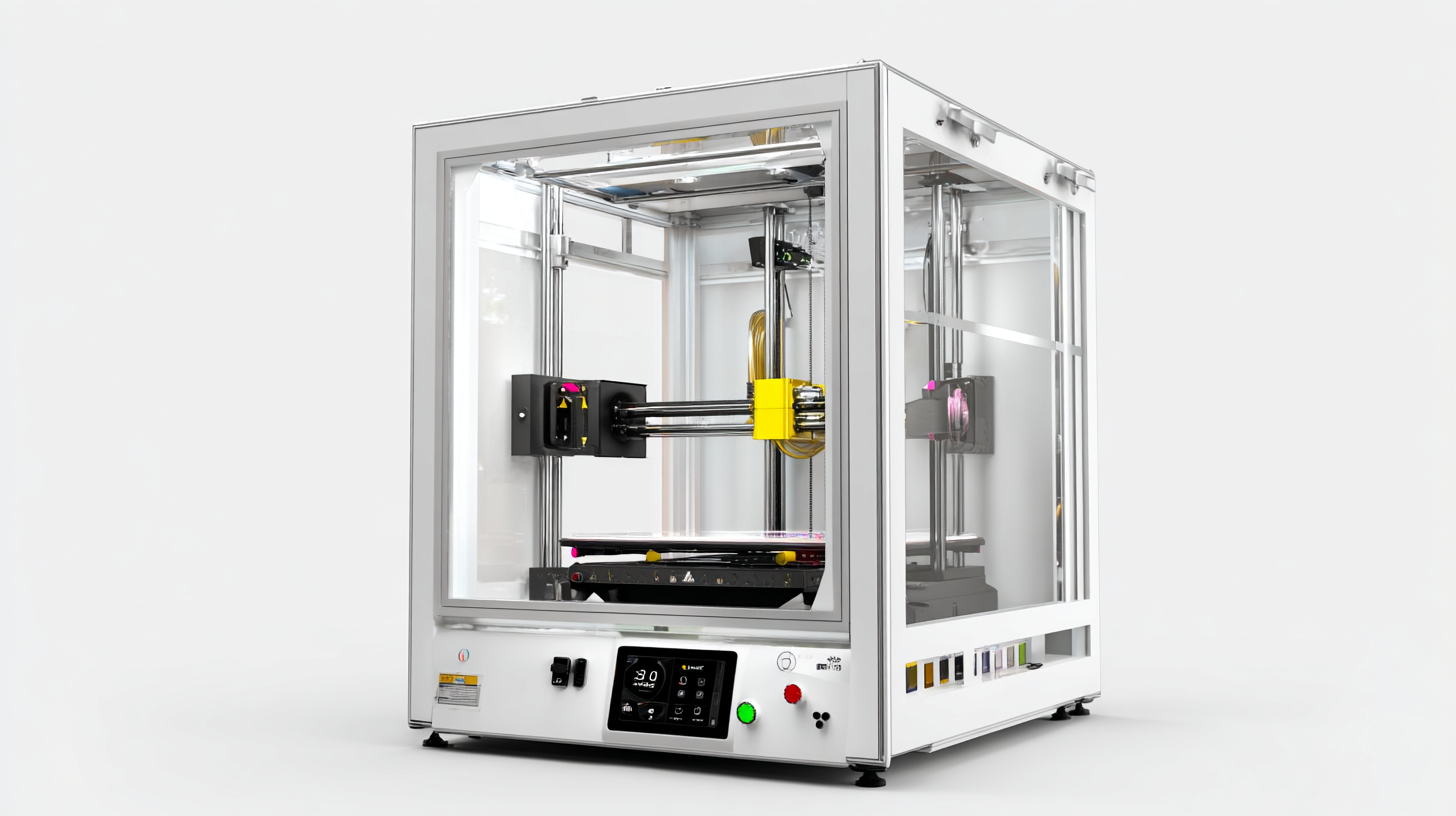Ultimate Guide to Finding the Best Professional 3D Printer for Your Business Needs
In today's rapidly evolving manufacturing landscape, the demand for precision and flexibility has never been greater, making the acquisition of a professional 3D printer a pivotal investment for businesses across various sectors. According to industry reports, the global 3D printing market is projected to reach a staggering $34.8 billion by 2024, driven by advancements in technology and an increased adoption of 3D printing solutions in industries such as aerospace, automotive, and healthcare. Businesses are recognizing the unparalleled benefits of utilizing a professional 3D printer, which not only streamlines production processes but also enhances product design capabilities and reduces material waste. As companies strive to stay competitive, understanding how to choose the right 3D printer tailored to their unique needs is crucial. This guide serves as an essential resource for navigating the complexities of selecting the best professional 3D printer for your business and maximizing its potential.

Key Factors to Consider When Selecting a Professional 3D Printer for Your Business
When selecting a professional 3D printer for your business, it’s crucial to consider various key factors that can significantly impact your operations. One major consideration is the type of printer that best suits your needs: in-office or in-lab models. In-office printers are designed for quicker, more convenient prototyping, while in-lab printers often offer higher precision and are best for detailed work. According to industry analysis, the dental 3D printer market is expected to see considerable growth, driven by the rapidly increasing demand for customized dental solutions. The market is divided significantly based on these application areas, highlighting the importance of choosing the right type for your specific business requirements.

Another critical factor is the technology employed by the 3D printer. Technologies such as Stereolithography (SLA) and Fused Deposition Modeling (FDM) each offer unique advantages depending on the desired output quality and material compatibility. The global packaging printing market is projected to reach a size of $339.83 billion by 2025, expanding to $579.35 billion by 2032, with a compound annual growth rate (CAGR) of 7.92%. Such forecasts underscore the need for businesses to leverage high-quality 3D printing solutions that can keep up with increasing demand in various sectors, from packaging to dental applications. By focusing on these factors, businesses can ensure they invest in a printer that aligns perfectly with their specific needs and market trends.
Understanding Different Types of 3D Printing Technologies and Their Applications
The landscape of 3D printing technologies has evolved dramatically, making it essential for businesses to understand the various types available to maximize their applications. From Fused Deposition Modeling (FDM) to Selective Laser Sintering (SLS) and Multi Jet Fusion (MJF), each technology offers unique benefits tailored to specific needs. For instance, PLA remains popular for its ease of use and low cost, while high-performance materials like PEEK are increasingly utilized in demanding applications such as aerospace and medical devices. According to recent forecasts, the market for 3D printing technologies is expected to grow at a CAGR of 25% from 2024 to 2034, highlighting the critical importance of selecting the right technology for your business.

Recent breakthroughs in metal 3D printing have also paved the way for more consistent and reliable production processes. As researchers address existing gaps in understanding the metal printing process, we may soon see widespread adoption across industries. For example, studies have shown that advancements in additive manufacturing are leading to innovative applications, including the production of hollow-type objects and complex structures that were previously impossible to achieve. Such developments suggest that organizations must stay ahead of the curve by investing in suitable technologies and materials, ensuring they are well-equipped to leverage the transformative power of 3D printing in their operations.
Comparing Leading 3D Printer Manufacturers: Pros, Cons, and Customer Feedback
When selecting a professional 3D printer for your business, understanding the pros and cons of leading manufacturers is essential. According to a report by Gartner, the global 3D printing market is projected to reach $34.8 billion by 2024, showcasing a rapid growth fueled by advancements in technology and increased demand across industries. Companies like Stratasys and HP lead the way, each with unique strengths. Stratasys is known for its robust industrial-grade printers, ideal for complex projects, while HP offers speed and versatility through its Multi Jet Fusion technology, making it suitable for high-volume production.
Tip: Before making a purchase, consider the specific needs of your business. If rapid prototyping is essential, focus on the speed of the printer. However, if you're prioritizing accuracy and detail, look into brands that specialize in high-resolution outputs.
Customer feedback plays a critical role in decision-making. Reports indicate that users appreciate Stratasys’ expertise in materials, though they may find their systems expensive. Conversely, HP attracts praise for its cost-effective solutions, yet some customers report challenges with software integration. Engaging with existing users, such as through forums and social media, can provide insights that drive more informed purchasing decisions.
Tip: Always request samples of print quality from vendors to see firsthand how their machines perform in real-world applications, as this can help clarify which printer meets your operational needs best.
Cost Analysis: Budgeting for Your 3D Printing Needs and Future Expansion
When considering a professional 3D printer for your business, budget plays a crucial role not only in the initial purchase but in your long-term financial planning. To make an informed decision, it’s essential to conduct a thorough cost analysis that includes the price of the printer itself, the materials needed, maintenance expenses, and any potential upgrades. Understanding these factors will help you determine a realistic budget that aligns with your business goals.
As you plan for future expansion, it's vital to factor in scalability within your budget. This means choosing a 3D printer that not only meets your current production needs but also has the capacity to grow with your business. Investing in a model with advanced features might seem costly upfront, but it could save you money in the long run by preventing the need for a premature replacement. Additionally, consider the ongoing costs associated with materials and software, as these can significantly impact your overall expenditure. By aligning your budget with your expected growth, you can ensure that your 3D printing operations remain efficient and cost-effective.
Tips for Evaluating Print Quality and Reliability from Various 3D Printer Models
When selecting a professional 3D printer for your business needs, evaluating print quality and reliability is crucial. The dental 3D printer market, anticipated to expand significantly, indicates a growing demand for precise and consistent output. Reports suggest that in-office and in-lab printers, specifically those utilizing technologies like Stereolithography (SLA) and Fused Deposition Modeling (FDM), are leading the charge in terms of production effectiveness and fidelity to detail.
To assess print quality, take into account layer resolution and surface finish. Printers that offer finer resolution will typically produce more detailed and smoother outputs, which is particularly important in applications such as dental and medical modeling. Additionally, reliability is often determined by the printer's uptime and the consistency of its outputs. Look for models with a proven track record and user reviews that mention low failure rates and minimal maintenance issues.
When weighing your options, consider features such as automatic calibration, ease of use, and the availability of materials. These factors contribute significantly to the ongoing operational efficiency of your 3D printing setup, which can ultimately impact your bottom line. Choosing the right printer is not just a decision — it's an investment in the future of your business.
Ultimate Guide to Finding the Best Professional 3D Printer for Your Business Needs
| 3D Printer Model | Print Quality (mm) | Build Volume (cm³) | Layer Height (µm) | Reliability Rating (1-5) | Price Range (USD) |
|---|---|---|---|---|---|
| Model A | 50 | 1000 | 20 | 4 | $2000 - $3000 |
| Model B | 25 | 500 | 10 | 5 | $1500 - $2500 |
| Model C | 75 | 1200 | 30 | 3 | $2500 - $3500 |
| Model D | 30 | 800 | 15 | 4 | $3000 - $4000 |